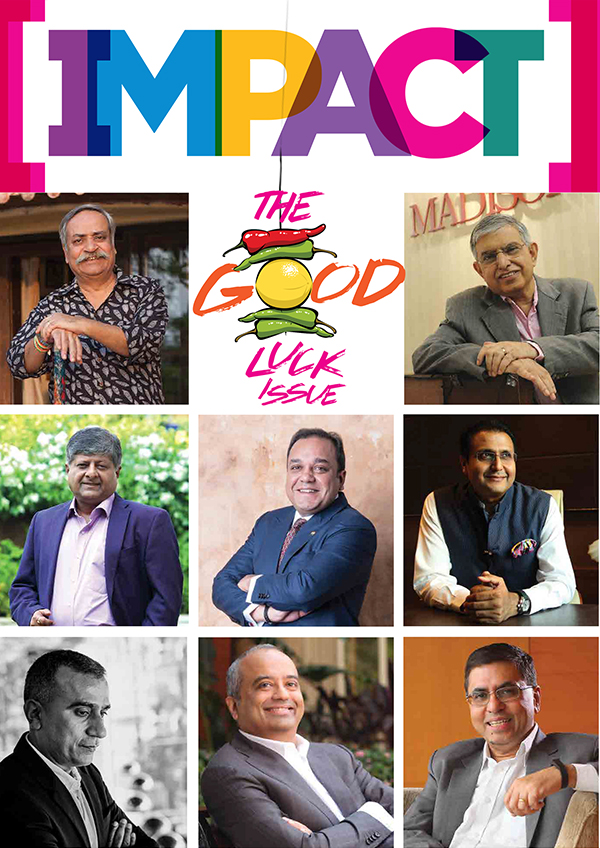India’s new GST reform, aimed at streamlining tax rates and boosting ease of doing business, was initially slated for implementation in early 2025 but has seen phased rollouts and strategic adjustments to maximise impact. This reform promises significant changes in tax slabs, compliance requirements, and overall pricing structures across sectors. Its core objective is to simplify the indirect tax system while promoting transparency and encouraging consumer spending.
Even before the GST reforms formally took effect, several major Indian brands have preemptively announced price cuts to build early goodwill and market traction. Leading companies like Mahindra, Hindustan Unilever (HUL), Amul, Luminous, Stovekraft, and Heritage Foods, and more have leveraged the anticipated tax benefits to reduce prices, signaling confidence in passing savings directly to consumers.
With multiple brands unveiling price reductions in quick succession following the GST changes, this phenomenon is shaping up as a calculated marketing and brand-building move. Price cuts are being used as more than just competitive tactics, they are becoming opportunities to reframe brand narratives, attract fresh customer segments, and generate positive media coverage. Brands are deploying innovative campaigns and strategic media placements to amplify consumer interest and engagement around these savings.
This evolving environment raises critical questions about how GST reforms will reshape advertising dynamics in India. Will brands continue to use price reductions as a primary engagement tool? How will creative messaging adapt to highlight the benefits of GST-driven affordability?
Puneet Kusumbia, VP - Marketing, Heritage Foods, shares that GST 2.0 primarily supports demand at scale and acts as a huge trigger for consumer goods demand — however, it hasn’t changed the brand’s marketing playbook, altered budgets or the way it engages with its audiences.
“Our consumer engagement priorities remain exactly the same as before: consistent storytelling, meaningful touchpoints and brand-led value with the GST reforms acting as a tailwind for growth,” he says.
Paragon Footwear has been quick to adjust its festive season strategy. Sachin Joseph, EVP of Marketing and IT at Paragon Footwear, explains that the GST 2.0 reform has allowed the brand to revisit festive season marketing strategy.
“With reduced MRPs across our product range, we’re focusing on communicating this price benefit to consumers in a transparent and impactful manner. Instead of pushing heavy discount-led promotions, our strategy now highlights the affordability of quality footwear as a lasting advantage. This not only strengthens consumer trust but also enables us to channel investments into brand-building and engagement, rather than just price competition,” he adds.
Similarly, apparel and lingerie brand Clovia is optimising its pricing and operational efficiency to create more compelling offers. Rajeswar Rao, VP - B2C at Clovia, states that GST 2.0 enabled it to optimise its input costs and supply chain efficiency, allowing it to pass on a 7% discount directly to its customers.
This price advantage significantly strengthened promotional strategy, making its offers more competitive in the market. “As a direct result, we observed a measurable improvement in our conversion rates, which reflected the effectiveness of the reform in driving outcomes. The reform effectively gave us the flexibility to offer better value to our customers while maintaining healthy margins, thereby ensuring that our financial and marketing objectives remained in alignment,” Rao remarks.
For brands like Xiaomi, Ritij Khurana, Head of Brand, Xiaomi India, says the recent tax reforms have been a turning point in how the company connects with consumers and shapes advertising.
“Knowing the changes were coming, we announced new prices for our Smart TVs a week in advance so people could plan their purchases confidently. The response was immediate, with several models becoming bestsellers and strong demand in larger screen sizes such as 43, 50, and 55 inches. More importantly, it built trust. Our advertising has since focused on engagement rather than simply pushing offers,” he states.
With the same advertising spends, Xiaomi India says it is seeing sharper efficiencies and better scalability.
Brand strategists speak
By highlighting lower prices, companies aim to reinforce customer trust, increase visibility during the festive season, and position themselves as responsive to consumer needs, turning a regulatory change into a tactical advantage in a highly competitive marketplace.
Devangshu Dutta, Founder and Chief Executive of Third Eyesight, explains that brands are treating GST-mandated reductions as a “tactical marketing tool” to reinforce customer trust and showcase agility. He adds, however, that the long-term brand value “may be limited, since consumers recognize these cuts for what they are - a price drop driven by tax reform rather than by innovation or added value.”
Tarun Singh Chauhan, Founder of TSC Consulting, provides context on the reform itself: “GST was introduced in 2018 with four slabs, which made it very complicated. Now, the government has simplified it into two slabs. This is purely an economic decision by the government. Brands have not done any research, innovation, or technology development to reduce prices. Prices have dropped simply because of this reform, and brands are correctly passing the benefit on to consumers.”
He adds that the government’s strong marketing of the reform from announcements by the Prime Minister to initiatives like the GST Mahotsav has ensured high consumer awareness, leaving companies with little choice but to pass on the reductions transparently.
While these cuts are uniform across categories, brands are finding creative ways to turn them into consumer engagement tools, promotional advantages, and even corporate storytelling opportunities.
Industry observers note that brands are using the opportunity in multiple ways. Some are highlighting the lower prices to attract new customers or encourage higher consumption during peak sales periods.
Others are framing these reductions as part of their corporate social responsibility, signaling responsiveness to consumers and society. Shivaji Dasgupta, Founder and Managing Director of INEXGRO Brand Advisory, explains, “Some brands may wish to highlight the price drops as added incentives for increased consumption or new entrants. Others may wish to uplift their corporate citizenry, as if fulfilling a societal mandate. Yet others may simply enhance media budgets to provoke exceptional spending or consider launching newer variants to take advantage of attractive price points.”
The reform also presents operational challenges, particularly for low-cost FMCG products. Traditional price points like Rs 5 or Rs 10 have been disrupted, leading to fractional pricing such as Rs 4.60. Vigyan Verma, Founder of The Bottom Line, notes that brands may eventually adapt by creating bundled packs or adjusting grammages to restore familiar, rounded-off prices.
He believes that there’s not much anything strategic about price cuts when it’s a common ground for all. It establishes a new baseline. “Not passing on the benefit will make the brand uncompetitive. Brands, in due course, can create bundled packs that allow them to reclaim rounded off price-points, with or without tweaked grammages,” comments.
At the same time, some experts caution that advertising the cuts has limited brand-building impact. Saurabh Parmar, an independent Fractional CMO, points out, “Advertising the cut is not unique—every brand in the category benefits from the same GST reduction. Indian customers are price-conscious; advertising the cut may prompt them to purchase sooner, but they will still compare other brands, including those that advertised less. The advertising will highlight the GST cut more than the brand itself.”
These insights underscore a broader challenge for marketers: transforming a government-mandated, category-wide price change into meaningful brand differentiation. While GST cuts create short-term promotional opportunities, long-term success will hinge on creativity, bundling, and the ability to communicate value beyond just lower prices.





























